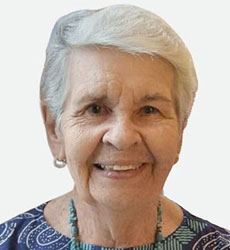THE second book I read over the April 9 holiday was A Japanese in the Philippines by Kiyoshi Osawa. Apart from the personality and biography of Mr. Osawa, which are interesting in themselves, the book is a firsthand account of the Philippines, from the period just before the Commonwealth, to the Second World War and the early postwar period, from Mindanao to Luzon. It is written from the point of view of a Japanese migrant who came to love the Philippines and the Filipinos that he chose to spend the rest of his days in this country. It is also a clear and flowing depiction of how things were, how people behaved in that time far from globalization when they lived for themselves. Yet it was globalization that World War 2 abruptly brought to insular Philippines and the rest of the world. Osawa focuses not just on the Japanese community here, of which he was an essential player, but also on the Japanese vis-à-vis Filipinos of that time who now view that past with nostalgia and longing as “peacetime.”
In the early 1900s after the Russo-Japanese War — which the Japanese had won but spent too much of the agricultural country’s resources to achieve it — Japan was considered a relatively poor country with too large a population for its economic viability. Many Japanese emigrated — to Brazil, to California, to Hawaii, to the Philippines, among other places.
Continue reading with one of these options:
Ad-free access
P 80 per month
(billed annually at P 960)
- Unlimited ad-free access to website articles
- Limited offer: Subscribe today and get digital edition access for free (accessible with up to 3 devices)


